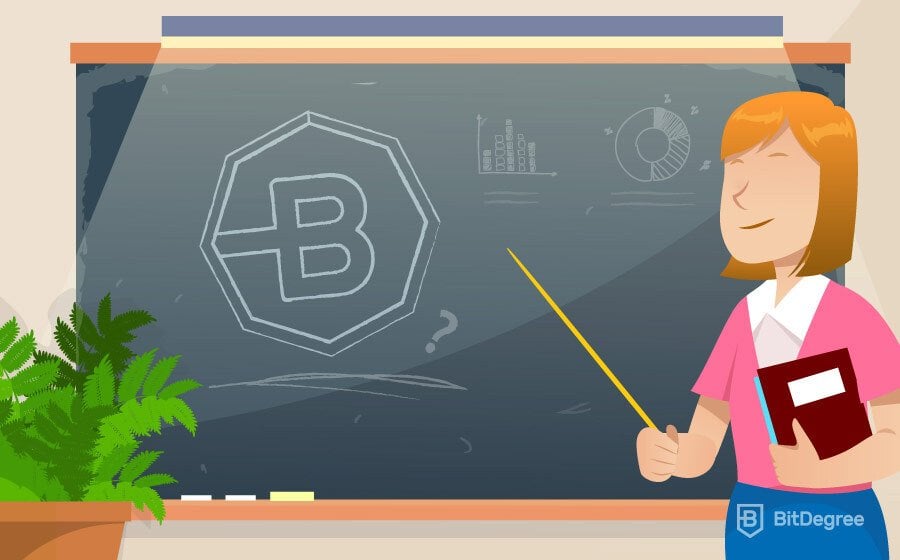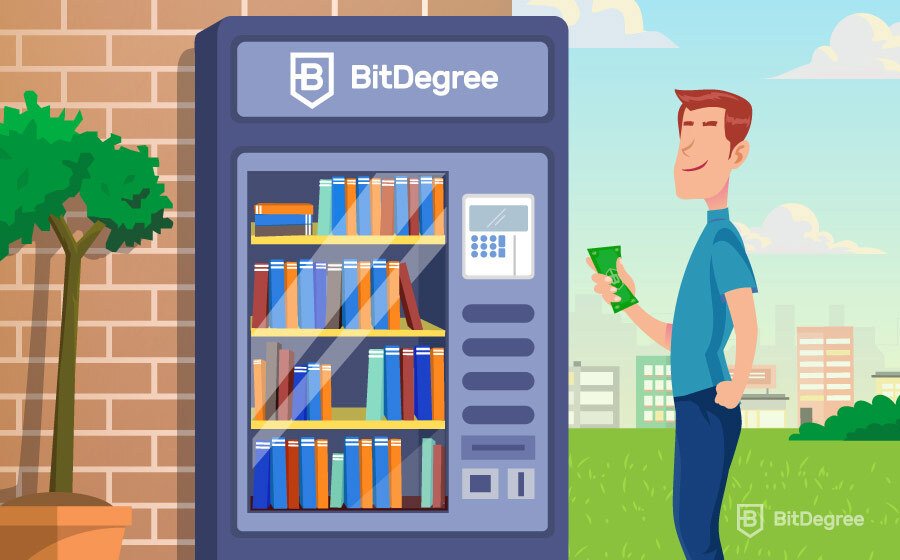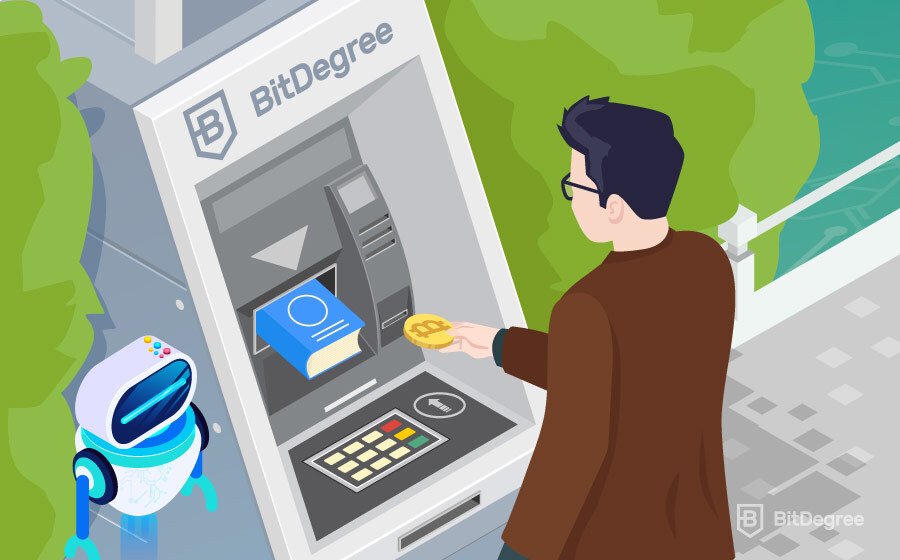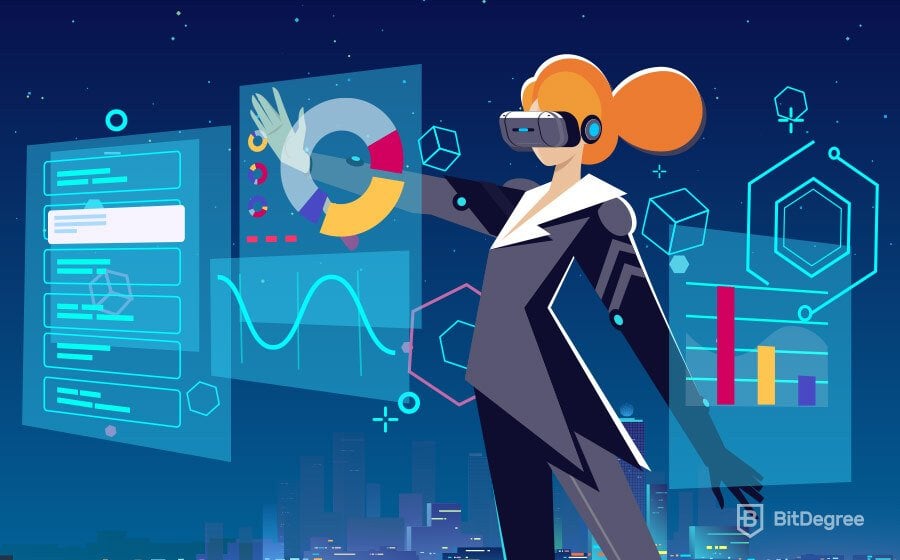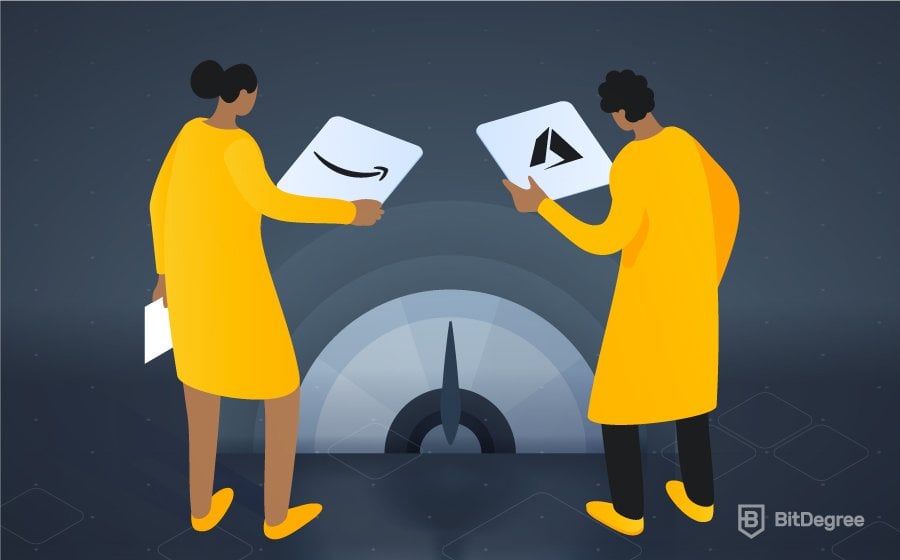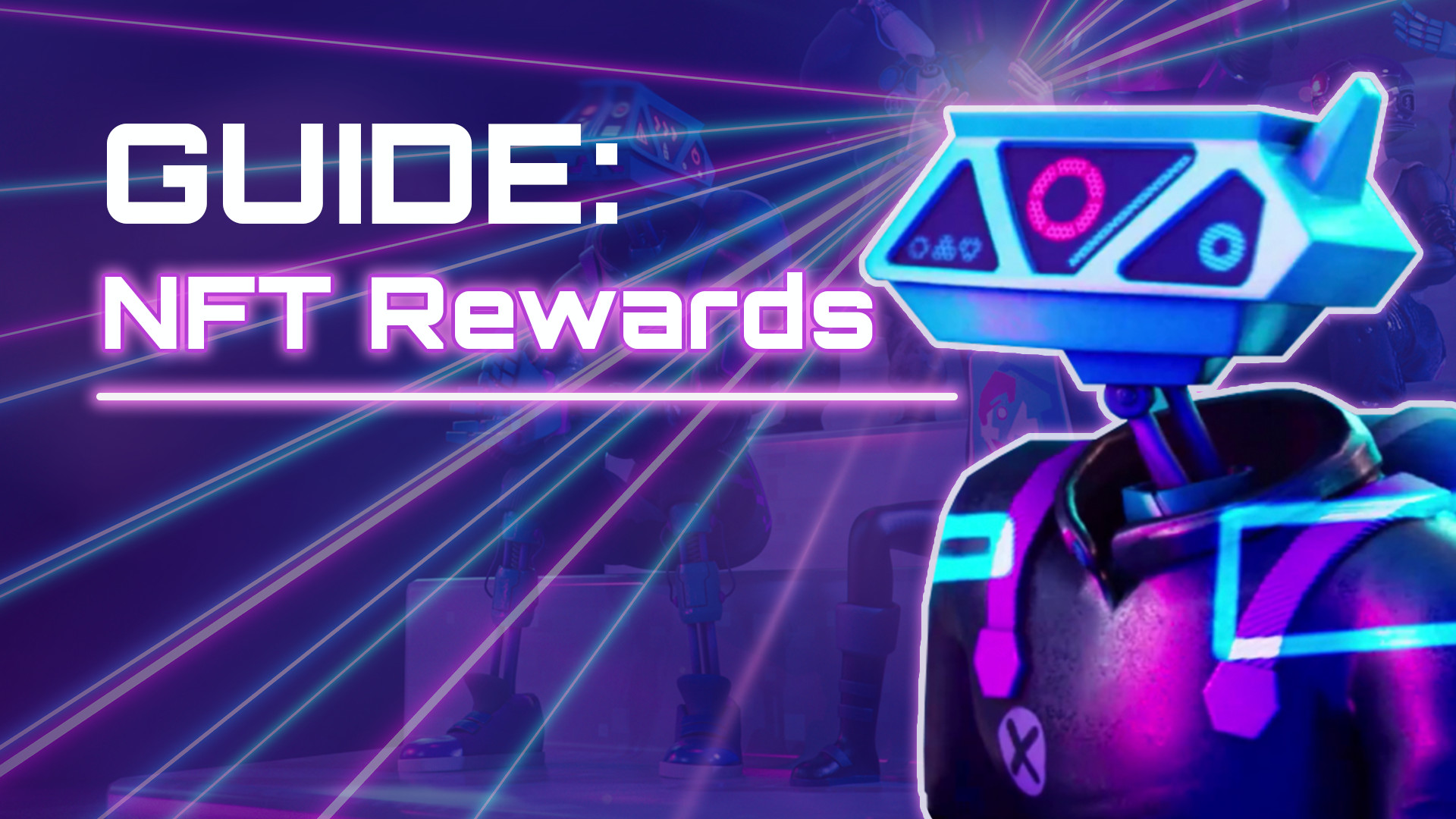What Is LMS, Exactly?
First of all, what does LMS mean? Dating more than two decades ago, the acronym stands for ‘learning management system’ and is used to call a specialized application used for L&D. While the opportunities to use LMS are close to limitless (e.g., it can be used in colleges or universities), they are nowadays mostly used in business environments.
As a user of an LMS, a company or organization can:
- Upload its educational materials and make them available to employees only
- Track and evaluate everyone’s progress and performance
- Document the training programs and keep specific records
- Personalize learning experience for each employee by setting individual goals, deadlines, etc.
What does LMS mean for a company? First and foremost, it can be an alternative (or an addition) to in-person training – and this is a massive time-saver for the HR or L&D department. The staff can access the learning management system whenever they have the time, there’s no need to match their schedules, plus, a lot of repetitive work can be eliminated.
Suppose your organization has health and safety training that’s mandatory for every new employee who joins the company. Instead of spending time on organizing face-to-face meetings for each new staff member, you could prepare the course once, upload it into LMS and have it available for access anytime. You will also be able to check whether who has watched the training and who hasn’t, add quizzes or additional readings. Therefore, the most correct answer to the question ‘What does LMS mean?’ is increased efficiency and productivity.
The important thing to understand with LMS is the fact that while it can offer personalized learning experiences to individuals, the system is still managed by an administrator (or a few) who are responsible for assigning educational content and various tasks, setting deadlines, and performing the audits. What does LMS mean to an employee then, you ask? Well, they can rest assured all the crucial information will be accessible anytime they need it, and they’ll experience no hiccups in terms of compliance and mandatory training.
Understanding LXP
Just like LMS, LXP is an acronym (no surprise there). It stands for ‘learning experience platform,’ and the name already does a pretty good job at highlighting the main difference between LMS vs. LXP: while the former focuses on managing the L&D process, the latter is learner-driven and brings their experience to the spotlight.
There is also no single administrator in an LXP: anyone in the organization is free to post, share, and use the content, which can be of any form, including but not limited to courses, videos, and articles (it doesn’t need to necessarily be the company’s internal materials, either). Users can also personalize their learning experience on the platform by creating various lists of content pieces, also known as learning paths.
Some people even call LXPs ‘the Netflix of learning’ – and they’re not actually far from the truth. Not only does a learning experience platform act as an educational content aggregator and provide it for the learner to choose freely, but it can also include personal recommendations powered by artificial intelligence (AI). However, an LXP is a lot more social than any streaming service, as it usually includes communication tools like comments, messaging systems, and forums.
Which One Should You Pick?
What does LMS mean in today’s L&D scene? Is it still needed, or is it outdated by now? While some specialists do think of LXPs as a more innovative replacement to the basically industry-standard LMS, it’s not actually true: both learning management systems and learning experience platforms have their own audience due to various goals and priorities of organizations. Therefore, in most cases, an LXP (or its elements) can be a useful addition to an expert-made LMS – but not necessarily a smarter alternative.
LXP is great in terms of less formal learning, self-motivated improvement, and discovering your passions using a ton of diverse aggregated content. Nevertheless, your company might require a bit more structure, delineation, and administration when it comes to mandatory training and compliance – and what does LMS mean? Right, administrator-driven and audited learning. If, however, both LMS and LXP have qualities your organization needs, you can either rely on integrations... or pick a system that combines the functionalities of the two.
Best of Both Worlds
From the practical point of view, the best system for upskilling your staff should combine some elements from both LXP and LMS – meaning you can both ensure their progress and allow them to learn on their own. What is LMS missing to achieve this goal?
One of the main strengths of an LXP is content aggregation. A wide choice of educational content provides the user with flexibility: they don’t need to limit their professional improvement with the materials provided by the administrator(s). By integrating a content library into an LMS (meaning a selection of extra courses, videos, or readings), this difference might be easily eliminated – and that’s exactly what BitDegree Studio does by offering over a thousand online courses teaching digital, business, and workplace skills.
Another concept which relates more to shaping (as opposed to managing) the learning experience is gamification – using game design elements in educational processes to boost motivation and engagement. While it would not make much sense to use them in a very traditional LMS with only mandatory content available, it can be great in one like BitDegree that has external materials: as learners pick and choose various modules, they can earn badges, collect experience points (XPs) and keep leveling up.
Investing in Your Staff
According to SurveyMonkey, out of every 20 employees, 17 claim job training is valuable and important – however, just 10 believe their bosses actually ensure appropriate learning opportunities to their staff. Choosing a reliable LMS with some extra LXP-like functionalities could be a great way to provide them in an efficient manner.
What does LMS mean to an employer? The advantages are virtually endless. Most importantly, not only does it help you improve the capabilities of your staff (which translates to higher customer satisfaction), but it also provides additional personal value to your employees – which is just another way of showing your appreciation. In 2019, a whopping 94% of employees said they would stay longer in a company that invested in their learning – why not take the first step towards ensuring their loyalty and impressive performance today by requesting a demo of the BitDegree Studio today?


